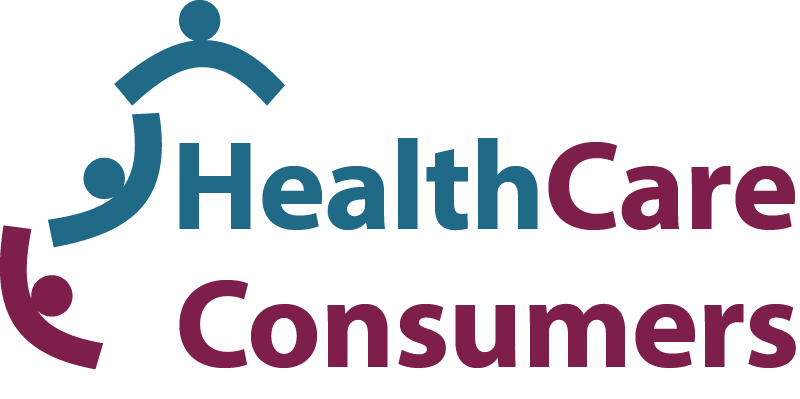Publications
HCCA’s Priorities for the 2020 ACT Election
14 September 2020
We welcome the announcement from the Labor Party to increase the number of doctors and nurses (see https://www.actlabor.org.au/blog/act-election-announcements/400-nurses-doctors-and-health-professionals-for-the-act/). We know that demand for publicly funded health services continues to grow and we need funding to match population increase and the complexity of our health care needs
We have called on all parties to commit to greater investment in the health workforce and increasing staff numbers.
We are also very keen to know how each of the parties are planning to make ACT health services an attractive place to work.
We have to address the persistent issues relating to waiting times for elective surgery and initial appointments at outpatient clinics as well as staff retention and recruitment outcomes.
There are three areas in particular where we would like to see more staff. These are:
- Palliative care
- Cancer services
- Emergency departments
We want to see a commitment to more staffing for palliative care. We have been advocating for many years for a palliative care ward at Canberra hospital so that people in their last days do not have to relocate to the hospice.
We also want to see an expansion to the rapid access assessment team in cancer services. This is a great service but it only operates during business hours. The reality of serious illness is that it does not follow business hours. We want to see this staffing increase to support the rapid access assessment team to include evenings and weekends.
We want to see a commitment to the introduction of geriatric streaming in Emergency Departments at Calvary public hospital and Canberra hospital. Persons 65+ made up approximately 19% presentations at the emergency department in the ACT in 2017-2018. Geriatric streaming in emergency departments is considered to be international best practice, it is designed to help meet the different needs of our most frail and vulnerable community members. Geriatric streaming has demonstrated better health outcomes and increased patient satisfaction, higher rates of post discharge independence, fewer representations, as well as lower admission and readmission rates.
We want to see an increased focus on patient navigation and the introduction of a patient navigation service to support consumers in accessing services. Getting a diagnosis is confronting and it can be really hard to join up all the aspects of care. We want to see the introduction of navigators who can anticipate and identify barriers to good patient care and help patients to remove them. In doing so they improve patient outcomes and the overall quality of health care delivery. This could form part of an expansion of the chronic disease management program across the territory.
In 2018 we developed a model of patient care navigation. We interviewed health professionals and consumers and carers.
Health professionals identified the major barriers to providing good care coordination as:
- There is not enough time to provide a comprehensive, holistic assessment of patients, including everyone involved in their care, before they are discharged
- Coordinator roles and responsibilities are not clearly defined
- Processes for coordinating care, including discharge, are not standardised
- Poor flow of patient information generally, but especially among/between treating clinicians when a patient has multiple conditions
- There are not enough dedicated discharge roles such as discharge liaison nurses and social workers
- Added complexity and time delays caused by government systems such as My Aged Care and National Disability Insurance Scheme (NDIS)
Consumers identified the major barriers to receiving good care coordination to be:
- Significant gaps in information about their conditions, treatment options and staying healthy, and difficulty sharing information between health services and professionals
- Cost barriers
- Time barriers
- Cursory hospital discharge planning
You can read our report on patient navigation in our Resource Library.
You can read more about our election priorities here.
Authorised by Dr Alan Thomas, President, Health Care Consumers’ Association

